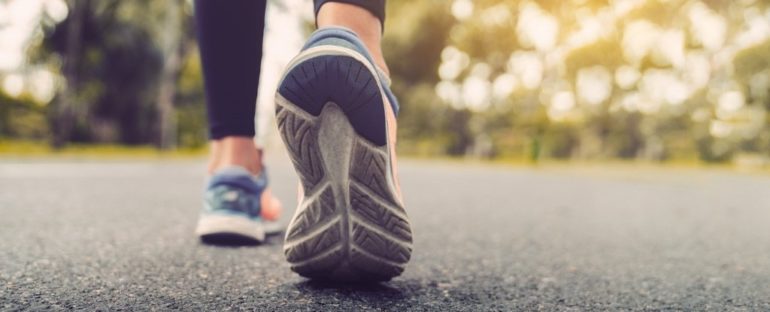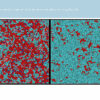A stroll in the city is no walk in the park. A small psychology study suggests urban environments can slow your step and possibly increase your mental load.
An amble through nature, on the other hand, appears to ease your mind and quicken your pace. The findings support the idea that natural settings are mentally therapeutic, potentially reducing cognitive fatigue and improving reaction times straight away.
The study, which includes two experiments with two different approaches, was conducted among 65 university students in the lab, which means the results will need to be verified among much larger cohorts and in real-world environments.
Being in nature appears to come with many benefits, both physically and mentally, and yet we still don’t know precisely why that’s the case, and how to harness this effect to its fullest potential.
Previous studies suggest people perform better in cognitive tasks after walking in nature, but the new research suggests these benefits may occur in the moment, too.
Together, the authors say their two new experiments “present compelling evidence that nature and urban image material pose different demands on cognitive processing that can be quantified on a moment-to-moment basis.”
The team has achieved this by measuring walking speed and reaction times. A person’s gait can indicate their cognitive load, while their reaction time speaks of higher-level brain processes like attention.
For many people, even for young kids, natural patterns tend to be aesthetically pleasing and psychologically calming, yet this visual stimulus is often missing in urban environments.
It’s therefore possible that walking in a natural setting is easier and less stressful for the mind to process, possibly because this setting was common throughout the vast majority of human evolution.
The first of the two experiments in the new study focused on gait and cognitive load. During this trial, participants were fitted with sensors and a dozen motion control cameras were set up to watch them repeatedly walk down a 15-metre (49-foot) room at their natural speed. The wall opposite them showed an image of either a nature scene or a city scene.
After each walk, participants were asked to rate their feelings of discomfort in the visual environment.
On the whole, when walking in urban settings, people reported more discomfort and they strolled at a slower pace, indicating a higher cognitive load. Previous studies, for instance, have shown a similar effect when participants are given verbal cognitive tasks.
It’s too early to say how these pieces are related, and it’s possible researchers are conflating the impact of the environment on cognitive load with the discomfort rating itself.
“Indeed, participants might have found it more difficult to rate urban images for visual discomfort than nature images, slowing their gait while trying to perform this rating,” the team acknowledges.
This is why the discomfort survey was conducted after the walk, but researchers can’t be sure participants weren’t already analysing the setting while going from point A to point B. Further studies should therefore be done without discomfort surveys to help un-tease this knot.
The second experiment digs into some of the higher-level cognitive processes that might be at play. In the trial, participants were asked to discriminate between basic visual shapes on the computer while also in the presence of a natural or urban image (the same ones from the first experiment).
“We reasoned that if the scene content of urban environments were indeed to capture people’s attention more readily than the scene content of nature environments, this would require higher amounts of processing power to disengage from them and perform the task at hand, thus slowing participants’ responses in the unrelated shape discrimination task,” the authors write.
Measuring reaction times in both natural and urban settings, the team found results to support their idea. In urban environments, participants were slower in discriminating between simple shapes.
The authors think this is because urban environments are more distracting for our brains and take longer to process, but more research is needed to verify that idea.
Interestingly, the study found little to no connection between the degree of self-repetitive patterns and cognitive load, adding another wrinkle to the mystery.
“As for the gait study before,” the authors write, “this suggests that there might exist a complex relationship between low and high-level visual processes involved in the impact of the environment on cognitive processing.”
Previous studies on acute exposure to relaxing pictures have uncovered insignificant improvements in cognitive performance, although natural images were found to be more relaxing in the moment.
Other research has found that simply looking at photos of nature could lower your stress levels at work, but exactly what is bringing about this benefit is still unclear. Either way, it does seem that trees are good for you.
The study was published in Royal Society Open Science.



